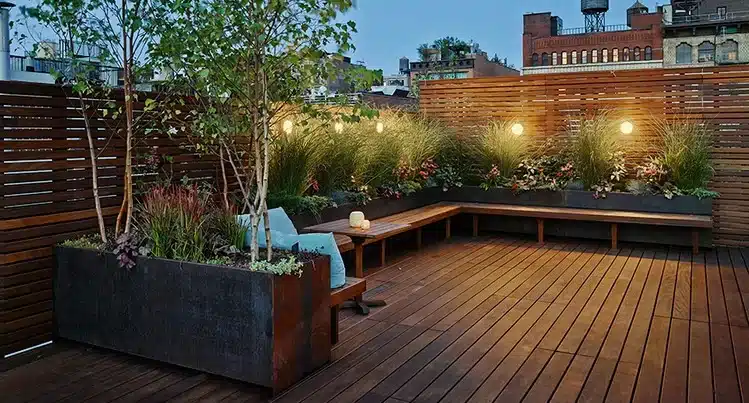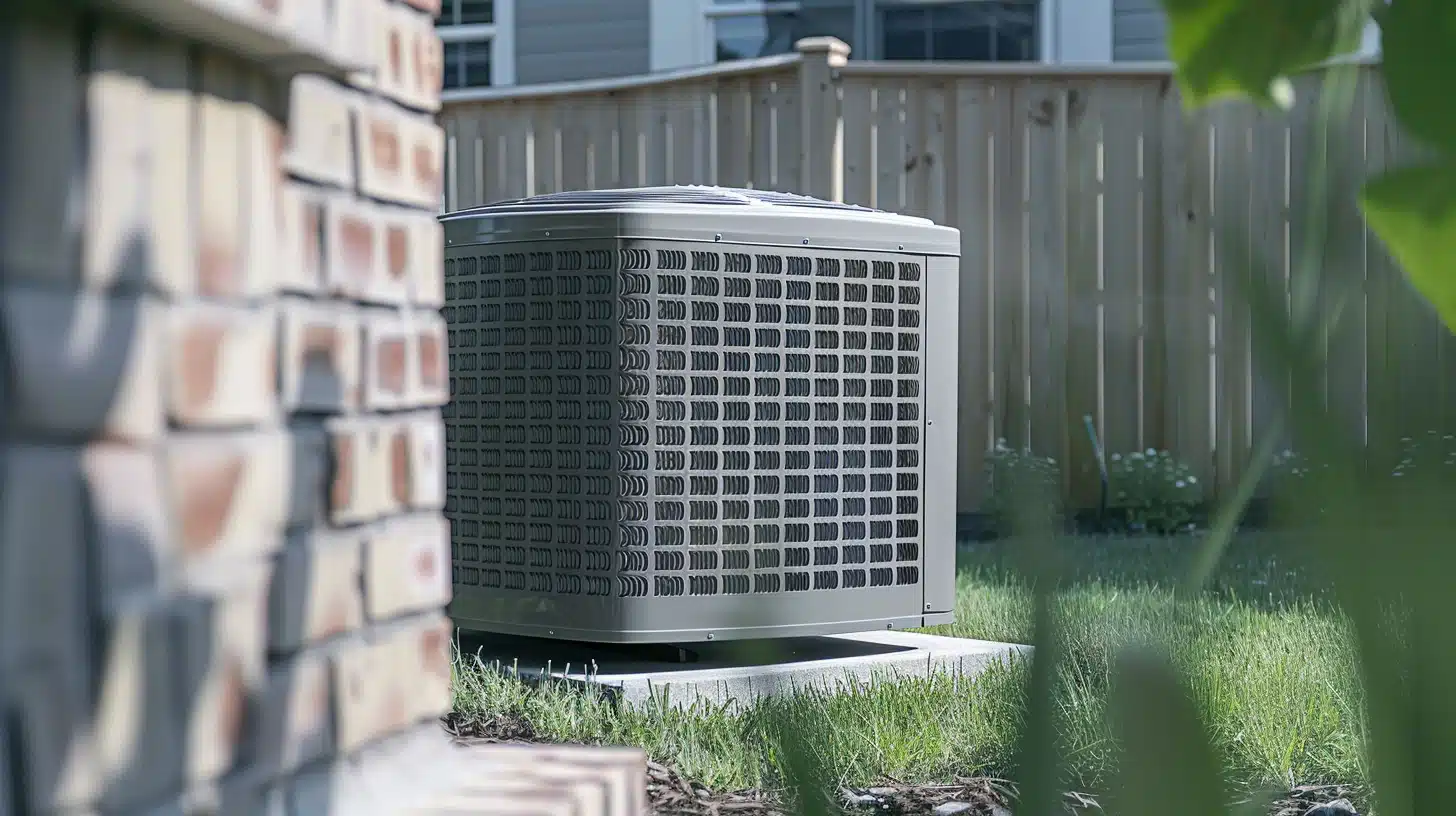Choosing the Right Materials, Designs, and Features for Your Ideal Deck
Designing your dream deck is an exciting journey that combines comfort and aesthetics, transforming your outdoor space into a haven of tranquillity or a hub for entertaining. Whether you’re in the heart of the bustling city or nestled in the serene outskirts, the principles of crafting the perfect deck remain universal.
In this blog, we’ll explore the essential considerations that will help you transform your deck aspirations into reality, bringing a touch of sophistication to your London home.
Considering the vast array of options available, it’s advisable to seek professional guidance, perhaps engaging with any London decking company for expert advice tailored to your specific needs.
Choosing the Right Materials
The foundation of your deck journey starts with selecting suitable materials. Each option comes with its unique advantages and drawbacks, demanding careful consideration.
1. Wood
Honouring tradition, wood remains a favoured option for its lasting charm. Cedar and redwood provide durability thanks to their innate resistance to decay and insects. Alternatively, pressure-treated lumber offers a budget-friendly alternative, although occasional upkeep may be necessary to prevent warping and splintering.
2. Composite Decking
If you prefer a low-maintenance solution, explore composite decking. Constructed from a blend of wood fibres and recycled plastic, it replicates the appearance of wood without the associated maintenance. Composite materials are durable and aesthetic, offering resistance to rot, fading, and insect damage.
3. PVC Decking
PVC decking distinguishes itself with unparalleled durability and minimal maintenance requirements. It’s particularly suitable for humid or coastal regions and is impervious to moisture, fading, and insects. Despite a potentially higher initial cost, the long-term advantages often make the investment worthwhile.
Designing the Perfect Deck
Once you’ve chosen the suitable materials, diving into the design phase is the next step. Your deck’s layout, shape, and size significantly impact its functionality and visual appeal.
1. Layout
Consider the natural flow of your outdoor space when planning the deck’s layout. Seamlessly connect it to your indoor living areas, strategically positioning it for the best views. If specific activities like outdoor cooking or dining are in mind, plan dedicated spaces accordingly.
2. Shape and Size
Your deck’s shape and size should complement your home’s architecture and accommodate your lifestyle. Classic rectangular or square decks offer versatility, while curves and angles add visual interest. Ensure the size is proportionate to your yard to avoid an overwhelming or cramped appearance.
3. Elevations and Levels
Infuse visual interest by incorporating different elevations or levels into your deck design. Multi-level decks create separate lounging, dining, and entertainment areas, enhancing the space’s dynamism.
Incorporating Essential Features
Enhance functionality and aesthetics by incorporating essential features that elevate your deck from basic to an outdoor oasis.
1. Built-in Seating
Move beyond traditional furniture by considering built-in seating, such as benches along the border or integrated seating around a fire pit. This maximises space while adding a polished and cohesive look to your deck.
2. Outdoor Lighting
Extend the use of your deck into the evening with well-thought-out lighting. From string lights to built-in deck lighting, choose options that enhance safety while setting the mood for relaxation or entertainment.
3. Planters and Greenery
Integrate planters and greenery to bring nature closer. Raised planters along the edges or railing planters add colour and texture, enhancing aesthetics and providing a sense of privacy.
4. Built-in Kitchen or Grill Station
Elevate your outdoor cooking experience by integrating a built-in kitchen or grill station into your deck design. Perfect for hosting gatherings, it allows you to prepare meals without missing out on the social aspects of the event.
Maintenance and Longevity
Ensuring the longevity of your deck involves proper maintenance. Different materials have varying upkeep needs, emphasising the importance of understanding and committing to necessary tasks.
1. Wood Maintenance
Consistent upkeep is vital to shield your traditional wood deck from the elements. Tasks like staining, sealing, and routine inspections help identify wear and tear. A proactive approach can prevent issues and significantly prolong the lifespan of your deck.
2. Composite and PVC Decks
While these materials generally require less maintenance than wood, following manufacturer guidelines for cleaning and care is crucial. Regular cleaning with mild soap and water helps keep your composite or PVC deck pristine and performing well over the years.
Final Thoughts
Crafting your dream deck is an art that involves skilful choices in materials, designs, and features. Harmonise your deck with your home and outdoor space by paying close attention to your priorities, lifestyle, and aesthetic preferences.
Embrace the timeless allure of wood or the contemporary durability of composite and PVC. Let your thoughtful choices transform your deck into a sanctuary of serenity, a social hub, and a lasting enhancement to your home.







